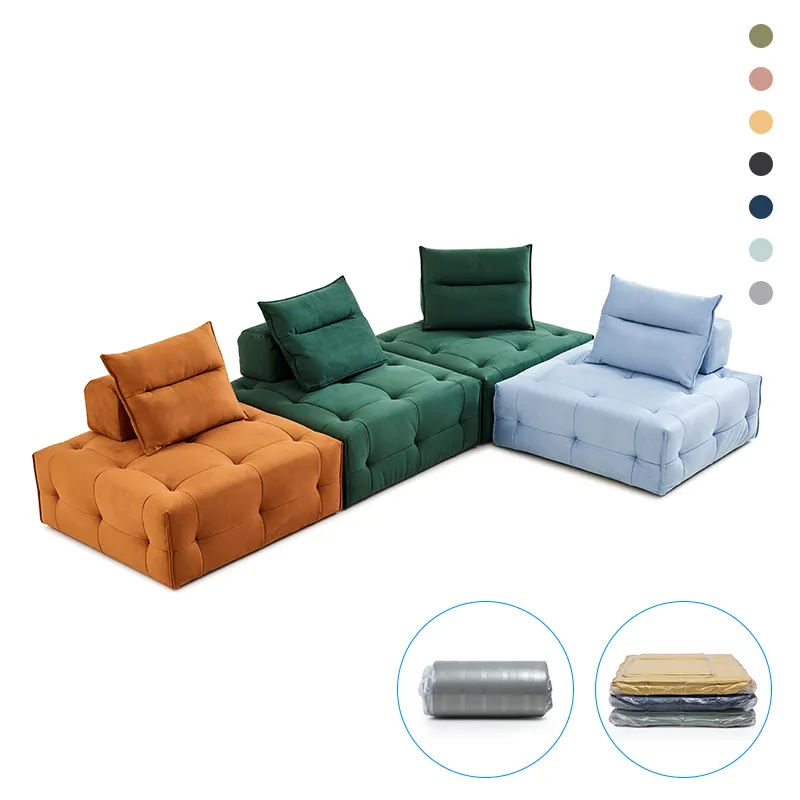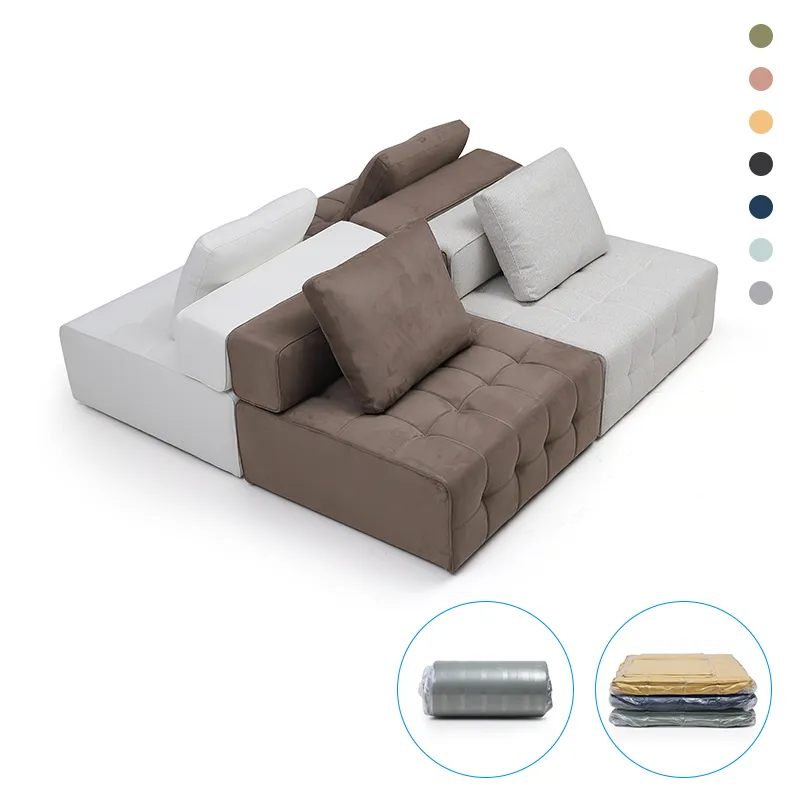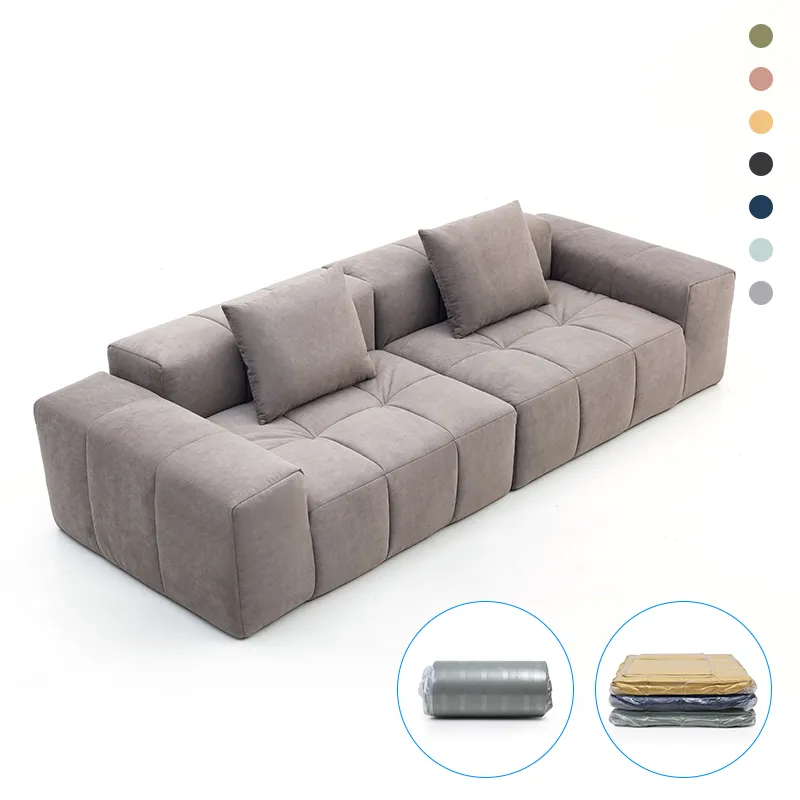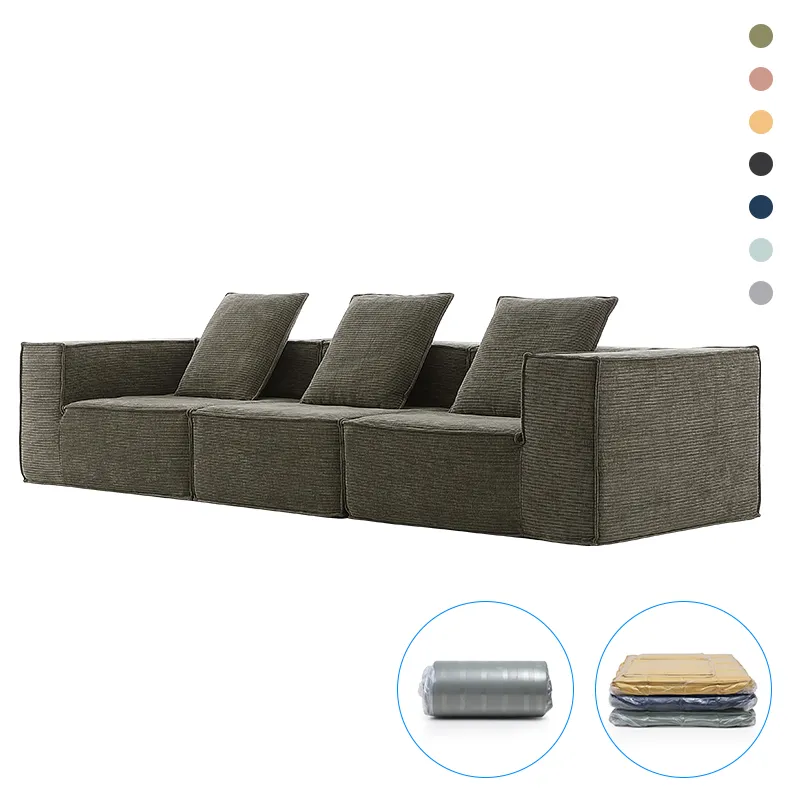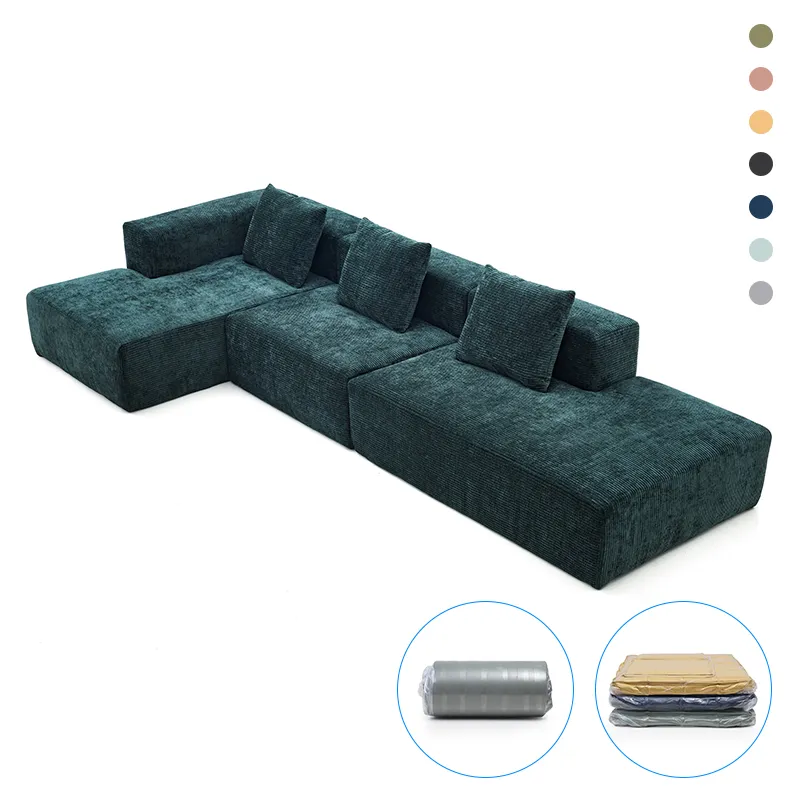Enhance Productivity with Durable Meeting Room Office Chairs
Meeting Room Office Chairs: More Than Just a Place to Sit
Let’s face it — a meeting room is where many of the crucial decisions happen. From global corporations to local startups, these spaces demand more than just functionality; they require comfort, style, and a bit of ergonomic magic. Meeting room office chairs, therefore, might seem mundane at first glance, but their importance on a global scale is rather significant. Poorly designed chairs lead to discomfort, loss of focus, and, frankly, less productive meetings.
Understanding how the right meeting room office chairs can improve interaction dynamics, boost productivity, and contribute to a brand’s identity is a key benefit for any business aiming to stay competitive and humane in the workplace.
Why Meeting Room Office Chairs Matter Worldwide
Globally, office environments are evolving rapidly. According to the International Labour Organization's 2023 report, sedentary work has increased by more than 15% over the past decade, elevating the demand for ergonomically sound seating. The World Bank estimates that businesses lose billions annually due to musculoskeletal disorders linked to poor seating and workstation setups.
Meeting room office chairs, subtly yet powerfully, play their part in addressing these challenges. They aren't just “furniture” but a frontline defense against discomfort and distraction during collaborative work. The real problem? Many companies overlook the importance of this seemingly minor detail, resulting in avoidable fatigue and reduced engagement.
Mini Takeaway:
- Ergonomic meeting chairs reduce workplace health issues.
- Proper seating correlates with improved productivity and well-being.
- Investing in quality chairs is an often underestimated step towards a better office culture.
What Exactly Are Meeting Room Office Chairs?
In simple terms, meeting room office chairs are specialized seating solutions designed primarily for conference or collaborative spaces in offices. Unlike typical task chairs, these are optimized for medium-duration use — generally from 30 minutes to a few hours — offering the right amount of support, mobility, and style without the bulk.
Their design increasingly reflects modern needs: accommodating quick position shifts, allowing for easy access, and promoting alertness. In many humanitarian or temporary office settings, such as post-disaster relief centers or remote field offices, these chairs help maintain a semblance of normalcy and comfort amidst chaos.
Mini Takeaway:
- Designed specifically for group-focused environments.
- Balances comfort with mobility and aesthetics.
- Vital in both permanent and temporary workspaces.
Core Features to Consider in Meeting Room Office Chairs
1. Durability
No one wants to replace a chair every year. High-quality materials like reinforced nylon bases and fabric designed to withstand constant use are a must. This is especially true for offices hosting daily meetings or training events.
2. Ergonomics
Adjustable height, lumbar support, and seat depth contribute to preventing that “mid-meeting slump.” Ergonomic chairs encourage focus and comfort even during marathon discussions.
3. Mobility & Flexibility
No doubt, chairs with smooth casters and swivel capabilities allow quick turnarounds — literally and figuratively — when you need to switch attention or participants rapidly.
4. Cost Efficiency
Budget constraints aren’t new. Companies want chairs that offer longevity without breaking the bank. Finding that sweet spot between price and features is often critical.
5. Aesthetic Appeal
Meeting rooms send a silent message about company culture. Chairs that look sleek and professional contribute to positive impressions on clients and partners alike.
Mini Takeaway:
- Durability and ergonomics lead to long-term cost benefits.
- Mobility impacts how fluid meetings feel.
- Appearance affects internal and external brand perception.
Global Applications: Where and How Are Meeting Room Office Chairs Used?
From Silicon Valley tech hubs to European government offices, well-designed meeting room office chairs are staples. In Asia’s booming corporate sectors, ergonomic chairs are rapidly replacing older models to attract high-caliber talent.
Oddly enough, they’re also vital in unusual settings. Consider remote industrial zones where international teams gather to troubleshoot operations — here, good seating helps maintain morale and alertness during critical briefings.
Humanitarian NGOs running temporary coordination centers in disaster zones also rely on lightweight, durable meeting chairs that are easy to deploy and transport.
Mini Takeaway:
- Used across diverse sectors and geographies.
- Important even in temporary or emergency setups.
- Universally address comfort and collaboration needs.
Advantages & Long-Term Value of Quality Meeting Room Office Chairs
It's not just about a chair — it’s about employee well-being. Good meeting room chairs can reduce musculoskeletal strain, which translates to lower sick days and higher engagement.
From a sustainability perspective, selecting chairs certified for eco-friendly materials or those designed to be recyclable supports organizational responsibility goals. Plus, investing in design and comfort creates positive psychological cues around respect and professionalism.
Emotionally, people feel more valued when provided with quality seating — a subtle but powerful contributor to employee satisfaction.
Product Specifications of a Typical Meeting Room Office Chair
| Specification | Details |
|---|---|
| Material | Breathable mesh back & fabric seat |
| Frame | Polished aluminum base with nylon casters |
| Adjustments | Height, tilt, swivel 360°, lumbar support |
| Weight Capacity | Up to 120 kg (265 lbs) |
| Dimensions (WxD) | 24 in. x 24 in. (61 cm x 61 cm) |
| Certification | ANSI/BIFMA compliant |
Vendor Comparison: Popular Meeting Room Office Chairs
| Brand | Price Range | Ergonomic Features | Warranty | Sustainability Ratings |
|---|---|---|---|---|
| ComfortZone | $150-$250 | Height, lumbar support, tilt lock | 5 years | Silver (GREENGUARD certified) |
| ErgoFlex | $200-$350 | Adjustable arms, swivel 360°, mesh back | 7 years | Gold (LEED friendly) |
| MetroSeating | $120-$220 | Basic ergonomic support, fixed arms | 3 years | Bronze |
Future Trends and Innovations in Meeting Room Chairs
The future is green — quite literally. Sustainable materials like bamboo composites and recycled plastics are becoming quite popular among manufacturers. Add to this the rise of smart chairs equipped with posture sensors feeding data back to health apps. It’s odd but exciting to imagine a chair nudging you to sit up straight in real-time.
Automation is slowly creeping in too. We might soon see chairs that can self-adjust based on user preferences or even sanitize themselves after each meeting — think of how handy that is in today’s post-pandemic mindset.
Mini Takeaway:
- Smart and sustainable materials lead innovation.
- Self-adjusting and hygienic chairs expected soon.
Challenges & Solutions for Choosing the Best Meeting Room Office Chairs
One recurring challenge is balancing cost with quality. Many offices fall prey to cheap, low-quality chairs that rapidly degrade, costing more in replacement and employee discomfort. However, some experts suggest modular designs that allow for easy part replacement can bridge this gap.
Another issue is inclusivity. Chairs must accommodate diverse body types and physical needs. Thankfully, many manufacturers are now offering wider seats, stronger weight capacities, and better adjustability — a welcome step forward.
Frequently Asked Questions About Meeting Room Office Chairs
- What features should I prioritize when buying meeting room office chairs?
- Focus on ergonomic adjustments (height, lumbar support), durability, mobility, and aesthetic compatibility with your meeting space. Also, consider the duration chairs will be used per session. Adjustable chairs usually cater best to diverse users.
- How important is eco-friendliness in office seating?
- Very important. Sustainable materials reduce environmental impact and contribute positively to corporate social responsibility. Plus, chairs built with eco-friendly materials often meet higher durability standards.
- Are meeting room chairs different from task chairs?
- Yes, meeting room chairs are typically lighter, less bulky, and designed for medium-duration use, whereas task chairs are meant for prolonged daily use with more adjustments and support.
- Can I find meeting room chairs suitable for compact spaces?
- Absolutely. Many models come in slim profiles that fit tight spaces without sacrificing comfort or mobility. Stackable chairs are also an option for multi-use rooms.
- How do warranties affect my decision?
- Longer warranties usually indicate better build quality and manufacturer confidence. It’s wise to choose chairs with at least a 3-5 year warranty for sustained office use.
Wrapping It Up + Where to Learn More
In real terms, investing thoughtfully in meeting room office chairs pays off over time with better health outcomes, improved team dynamics, and a more professional atmosphere. They’re not just seats but small engines fueling your meetings – power and comfort combined.
For those curious, checking out brands and options available at meeting room office chairs can be a great start. I’ve noticed that companies focusing on sustainability and ergonomics tend to get the most positive feedback once their chairs settle in.
References:
share:
-
Chairs Meeting Room: The Ultimate Guide to Choosing Ergonomic, Sustainable SeatingNewsNov.24,2025
-
The Global Appeal and Practical Benefits of Blue Meeting Room Chairs | Laining GlobalNewsNov.23,2025
-
Black Meeting Room Chairs: Durable, Ergonomic & Stylish Seating for Modern WorkspacesNewsNov.23,2025
-
Stackable Meeting Room Chairs - Durable, Efficient & Space-Saving SolutionsNewsNov.22,2025
-
Office Meeting Room Chairs – Comfort, Durability & Sustainability in Modern OfficesNewsNov.22,2025
-
Choosing the Best Office Chairs for Meeting Rooms: Comfort Meets StyleNewsNov.22,2025
-
Optimizing Office Spaces: The Essential Guide to Meeting Room Table and ChairsNewsNov.21,2025


